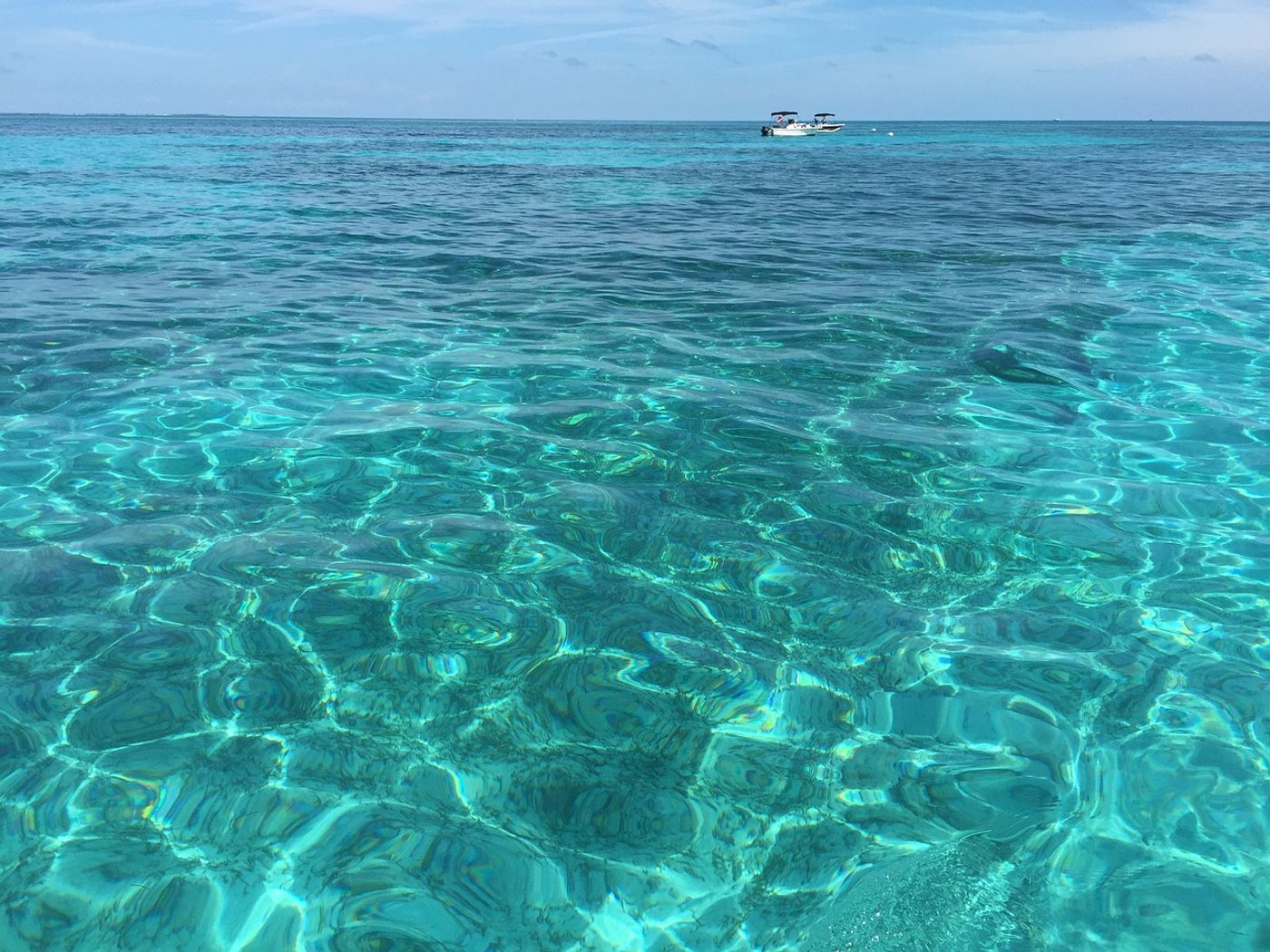What's Really Killing Coral Reefs?
A variety of environmental stressors threaten the world's coral reefs, most notably increases in water temperature due to climate change. Changes in water temperature change the waters' chemistry causing coral bleaching events, in which the corals' symbiotic microalgae purge from the coral's living tissues causing the polyps to die. The corals' calcium carbonate skeleton structure remains, a lifeless symbol of the changing ocean.
Scientists from Florida Atlantic University Harbor Branch Oceanographic Institute and partner organizations recently discovered another critical reason for coral bleaching events—the presence of excess nitrogen in coastal waters from multiple land-based sources. Their study, published this week in Marine Biology, used 30 years of data from Looe Key Reef in the lower Florida Keys, representing the longest record of reactive nutrient and algae concentration data for coral reefs worldwide.
In the press release from FAU regarding the study, lead author and FAU research professor Brian Lapointe, Ph.D said, "Our results provide compelling evidence that nitrogen loading from the Florida Keys and greater Everglades ecosystem caused by humans, rather than warming temperatures, is the primary driver of coral reef degradation at Looe Key Sanctuary Preservation Area during our long-term study."
Reactive nitrogen levels elevated in this region because of improperly treated sewage, fertilizers, and topsoil runoff which enters the coral ecosystem during periods of heavy rainfall. The increased nitrogen to phosphorus ratio in corals leads to metabolic stress, starvation, and lowers their temperature threshold for bleaching events. According to the study, water temperatures at Looe Key did exceed the bleaching threshold during the study period, but the bleaching events only occurred when the nitrogen to phosphorus ratios increased after heavy rainfall and increases in Everglades runoff.
Coastal regions worldwide are predicted to experience a 19% increase in nitrogen loading, which is a result of increasing rainfall due to climate change. Lapointe is hopeful that the problem of nitrogen loading can be addressed, whereas climate change issues present more of a challenge. In the FAU statement, he said, "The good news is that we can do something about the nitrogen problem such as better sewage treatment, reducing fertilizer inputs, and increasing storage and treatment of stormwater on the Florida mainland."
Sources: Marine Biology, PHYS









